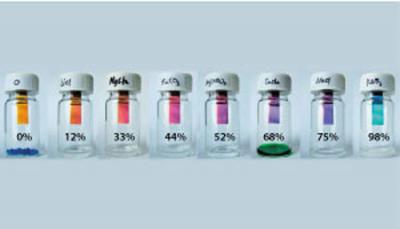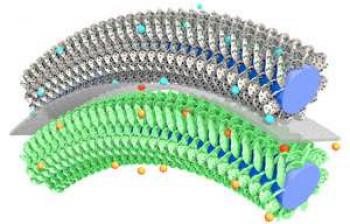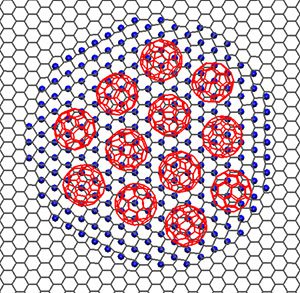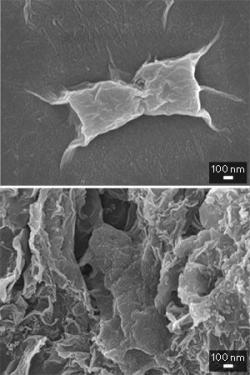A*STAR team uses graphene oxide to create a cathode for improved li-ion batteries
A*STAR researchers have found that incorporating organic materials into lithium ion batteries could lower their cost and make them more environmentally friendly. The team has developed an organic-based battery cathode that has significantly improved electrochemical performance compared to previous organic cathode materials. The new material is also robust, remaining stable over thousands of battery charge/discharge cycles.
An electron-deficient, rigid organic molecule called hexaazatrinaphthalene (HATN) was previously investigated as an organic cathode material for lithium ion batteries. However, its promising initial performance declined rapidly during use, because the molecule began to dissolve into the battery’s liquid electrolyte. A new cathode material, in which HATN was combined with graphene oxide in an attempt to prevent the organic material from dissolving, has now been developed by Yugen Zhang and his colleagues from the A*STAR Institute of Bioengineering and Nanotechnology.





